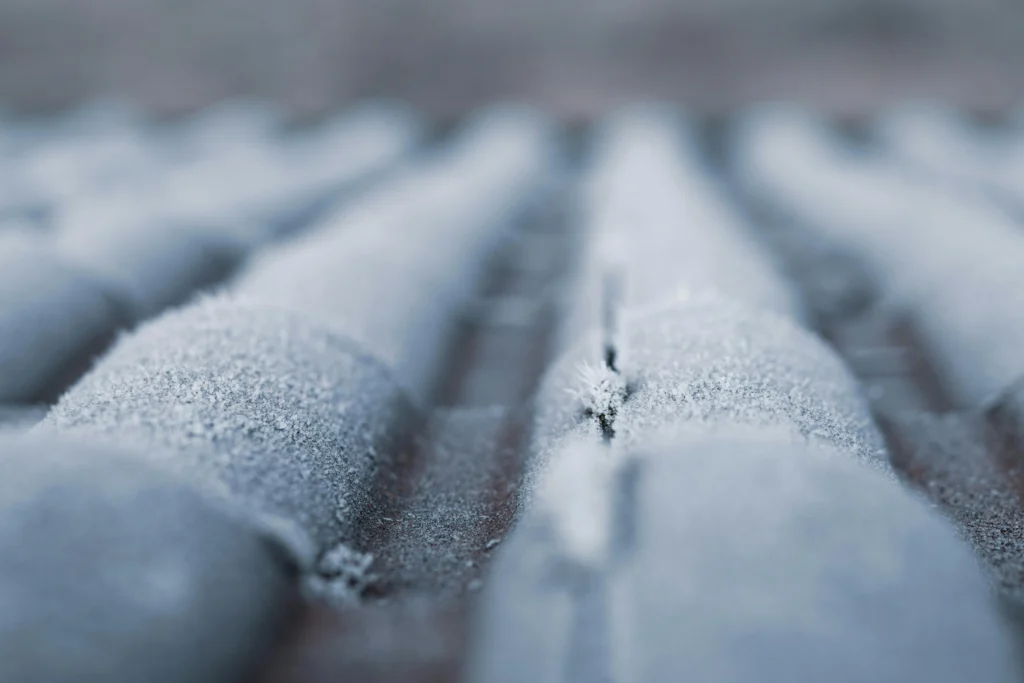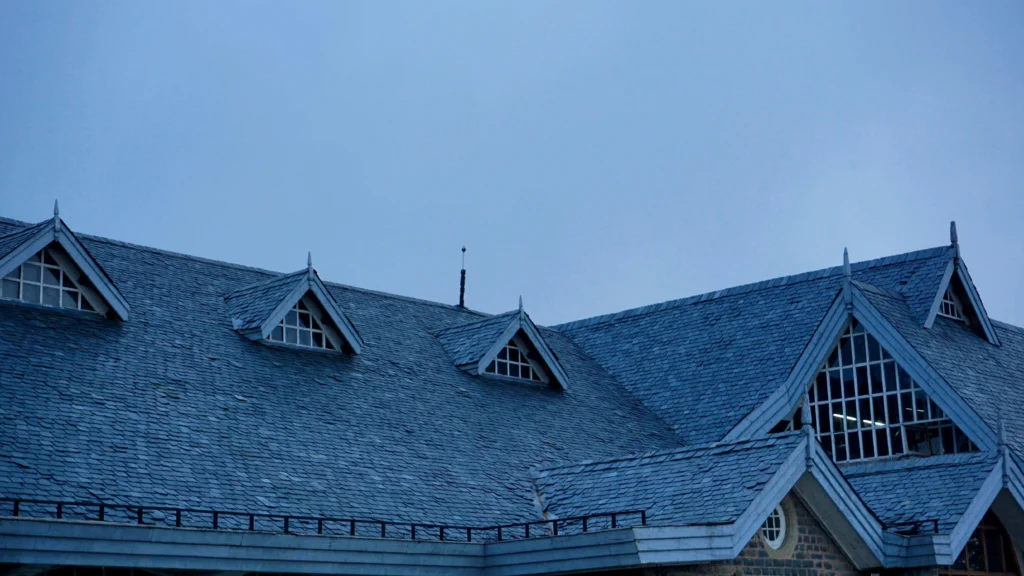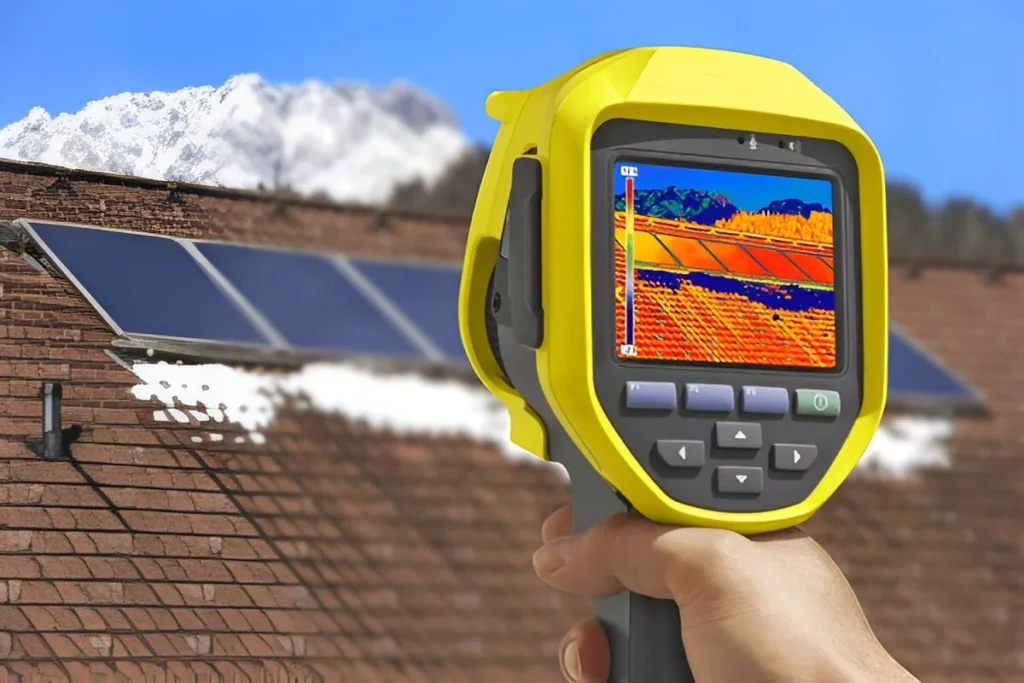Detect what your eyes can’t see with our precision thermal imaging services. We specialize in identifying subtle temperature anomalies that signal deeper problems—leaks, air intrusion, electrical overloads, and more. Our thermographic inspections support proactive maintenance, quality control, and regulatory compliance for both residential and commercial buildings. With expert analysis and clear visuals, we empower professionals to take action early, avoid damage, and improve system reliability. Infrared technology, real-time insights, and expert support—delivered where and when you need it.

Our thermal imaging technology provides a completely non-invasive method for detecting issues like heat loss, electrical faults, moisture buildup, and more—without disrupting your property or systems.

Thermal imaging allows us to identify hidden problems that may not be visible to the naked eye, such as insulation gaps, leaks, or electrical issues, preventing costly damage down the line.

We provide real-time, high-resolution thermal images along with comprehensive reports that detail problem areas, ensuring you have the data needed to make informed decisions and take action promptly.

By pinpointing energy inefficiencies, such as air leaks and heat loss, our thermal imaging helps you optimize HVAC performance and lower energy bills, leading to improved overall efficiency.

As innovators in thermal imaging, we specialize in providing cutting-edge, non-invasive inspections for buildings, electrical systems, and mechanical equipment. Our skilled team uses infrared technology to detect temperature variations and identify hidden issues that would otherwise go unnoticed. By working with us, you can address potential problems before they cause significant damage, saving both time and money. Our goal is to ensure your systems and structures operate at peak efficiency, safely and reliably.
Here are short paragraphs for each step in the thermal imaging include:

Evaluate environmental conditions such as ambient temperature, humidity, and lighting to ensure optimal imaging conditions.

Position the thermal camera to capture the entire roof surface effectively, whether using a handheld device, drone, or aerial platform.

Systematically scan the roof with the thermal camera to generate images containing temperature differences, which can indicate issues like moisture or thermal bridging.

Use software to process the captured thermal images into a detailed thermal map or orthomosaic, which combines multiple images into one comprehensive view.

Review the thermal map to identify temperature anomalies, such as hot or cold spots, which may indicate issues like poor insulation or moisture intrusion.

Annotate areas of interest on the thermal map and compile findings into a detailed report, including recommendations for further inspection or repairs.

Conduct follow-up inspections or repairs as needed based on the findings from the thermal imaging analysis to address identified issues.
Explore why RoofEval is the ideal choice for thermal imaging.

Our advanced thermal imaging technology allows us to identify hidden moisture beneath roofing materials without causing any damage, ensuring precise and reliable results.

By pinpointing the exact areas affected by moisture, we help you avoid unnecessary repairs or full roof replacements, saving you significant time and money.

We provide detailed moisture maps and reports that highlight problem areas, enabling informed decision-making and efficient planning for repairs or maintenance.

Our services help detect moisture issues early, preventing structural damage, insulation failure, and mold growth, ensuring the longevity of your roofing system.
We’re committed to roofing excellence by delivering thorough, high-quality inspections that ensure the integrity and safety of your roof, backed by our expertise and dedication to exceptional service.

NRCIA Forensic Certification is a specialized credential that signifies expertise in conducting comprehensive, technical roof inspections, often used for insurance claims, building code compliance, and workmanship evaluations, providing detailed assessments and reports tailored to specific roofing system attributes.

CCPIA Certified Inspector is a professional who has completed the certification requirements set by the Certified Commercial Property Inspectors Association (CCPIA), which includes joining the organization, completing specific courses, and passing an exam.

Veteran-Owned Business (VOB) is a company that is at least 51% owned and controlled by one or more veterans or service-disabled veterans, as certified by the U.S. Department of Veterans Affairs or other recognized organizations.
Preparation is a crucial step in thermal imaging, involving the calibration and configuration of the thermal imaging camera to ensure it is optimized for the specific application and environmental conditions. This includes reviewing the site or object to be inspected and identifying potential areas of interest or concern. Proper preparation helps ensure that the thermal imaging process is efficient and accurate, providing reliable data for analysis.


Data collection in thermal imaging involves using the camera to systematically scan the target area, capturing infrared radiation emitted by surfaces to create thermal images or thermograms. During this process, settings such as focus, emissivity, and temperature range may need to be adjusted to optimize image quality and accuracy. The goal is to gather comprehensive data that can be used to identify temperature anomalies or patterns indicative of potential issues.

Image processing is a critical step where the captured thermal images are enhanced and analyzed using specialized software. This process involves assigning temperature ranges to different colors in the thermograms, creating a detailed thermal map that highlights areas of interest. By processing the data, technicians can more easily identify temperature anomalies or patterns that may indicate issues such as heat loss, insulation gaps, or equipment inefficiencies.
The analysis and reporting phase involves interpreting the processed thermal images to diagnose problems and compile findings into a detailed report. This report includes visual evidence, analysis, and actionable recommendations for corrective measures. By providing a clear and comprehensive overview of the thermal imaging results, stakeholders can make informed decisions about maintenance, repairs, or upgrades to improve efficiency and reduce costs.





Thermal imaging allows for safe and accurate temperature measurements without physical contact.

It enables early detection of potential faults, reducing downtime and costly repairs.

Thermal imaging helps identify energy inefficiencies, leading to cost savings and environmental benefits.

It is widely applicable across various industries, including security, industrial inspections, and medical diagnostics.

Thermal imaging enhances workplace safety by identifying potential hazards before they become dangerous.
Our FAQs section answers common questions about our roofing inspections. Get clear, expert insights to make informed decisions about your roof.
It works by capturing infrared radiation with sensors, processing the data, and displaying temperature variations as color-coded images
No, thermal imaging is non-invasive and does not emit harmful radiation; it simply detects heat emitted by objects.
Thermal cameras can detect heat through certain materials like smoke or light foliage but cannot penetrate solid objects like walls or glass.
Environmental factors like sunlight loading or wind can affect readings; proper setup minimizes errors,

Ready to protect your home with a strong, reliable roof? Whether you’re in need of a complete roof replacement or require detailed roof evaluation for solar installation, we are just a call away!

Quick Links
Our Services
Contact info